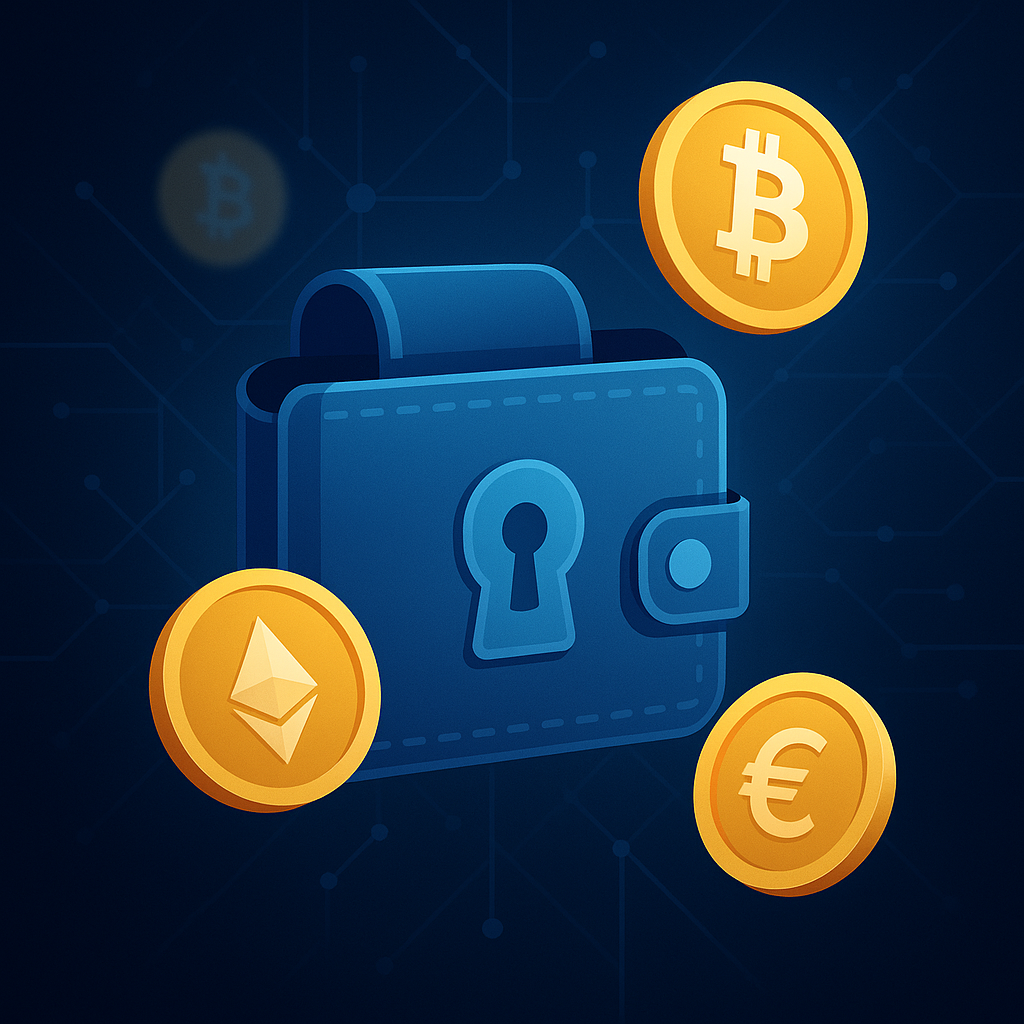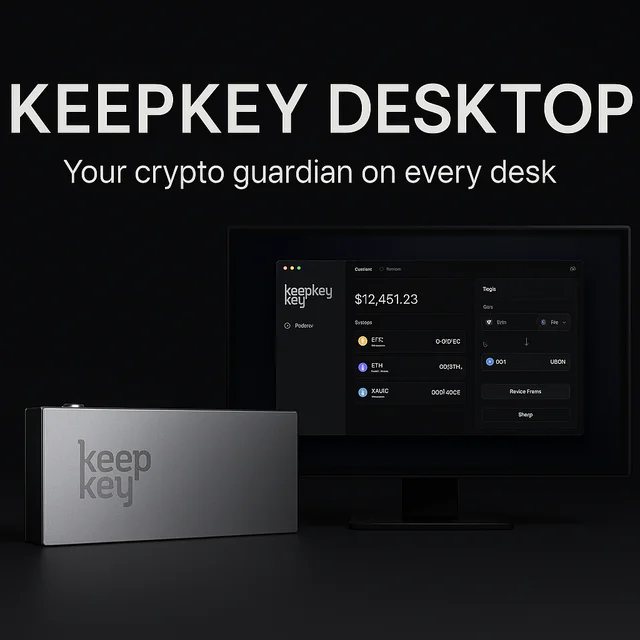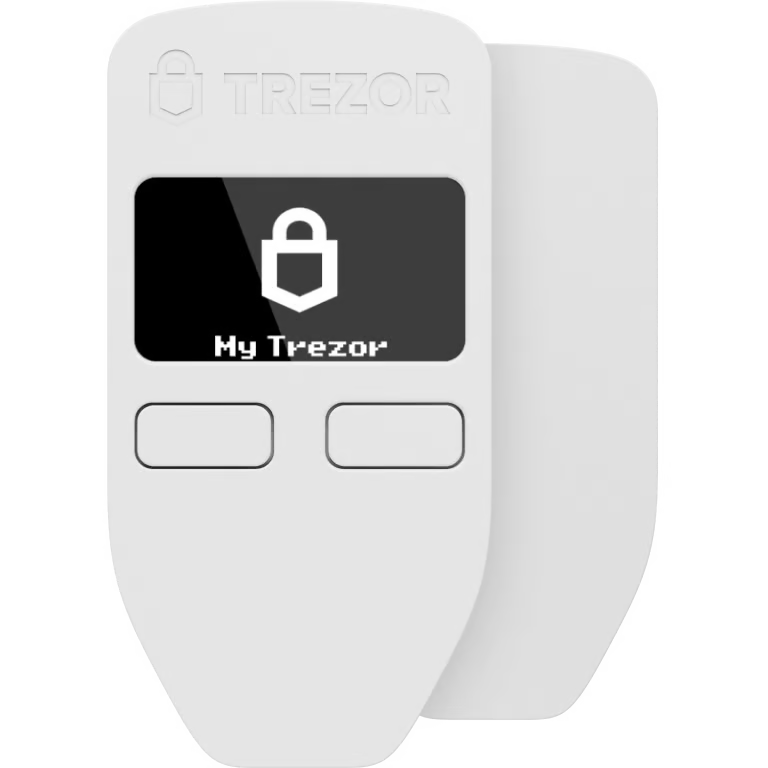
Managing cryptocurrency isn’t just about buying and selling on an exchange. When you hold your own coins, you want confidence that nobody else can siphon them away. Although there are free online wallets and smartphone apps, a physical device—known as a hardware wallet—provides an extra layer of security. Hardware wallets keep your private keys offline and protect them behind a PIN and recovery phrase, so even if your computer is compromised, your coins stay safe.
Why Consider a Hardware Wallet?
Software wallets are convenient, but they’re only as secure as the phone or laptop they run on. Exchanges and browser‑based wallets have been hacked, resulting in millions of dollars’ worth of coins disappearing. Hardware wallets, sometimes called “cold storage,” isolate your keys from the internet. You connect the device briefly to send or receive coins, approve the transaction on the wallet using physical buttons, and then unplug it. That physical separation is what makes them attractive to people who want full control over their crypto.
How CRwatchdog Picked the Top Wallets
Consumer Reports recently evaluated several popular hardware wallets to see which offer the best mix of usability, security and price. We purchased a handful of devices that are frequently recommended online or have strong customer ratings and spent time using their companion apps. The result is a shortlist of products that range from budget options to polished, feature‑rich models. Here are the highlights and why each one might suit different types of users.
Editor’s Choice: Ledger Nano X
A physical Ledger Nano X hardware wallet keeps your bitcoin offline so hackers can’t touch it.
Value Pick: ShapeShift KeepKey

A physical KeepKey hardware wallet keeps your bitcoin offline so hackers can’t touch it.
- Price: about $50
- Platforms: Windows, macOS, Linux, Chrome OS and Android (through a web app)
- Connectivity: USB micro‑B
- Pros: KeepKey’s large display is easy to read and the single physical button is comfortable to press. Because it relies on a web app, you can use it with most desktop operating systems and even Chrome OS. It also supports ShapeShift’s own Fox token in addition to other major coins.
- Cons: You’ll need a USB‑C dongle to use it with some phones, and there’s no wireless connectivity.
Compact Choice: Trezor Model One
- Price: around $70
- Platforms: Windows, macOS, Linux, Android and Chrome OS
- Connectivity: USB micro‑B
- Pros: The Trezor Model One offers solid functionality and works with dedicated software (Trezor Suite) or a browser‑based interface. It supports popular currencies like Bitcoin and Ethereum.
- Cons: The key‑fob‑shaped design has a small screen and two tiny buttons placed close together, which can feel cramped. The plastic body also feels less sturdy than some competitors. If you need support for coins like Monero or Cardano, you’ll have to upgrade to the pricier Model T.
- Learn more about the Trezor Model One hardware wallet on the official Trezor site.

A physical Trezor Model One hardware wallet keeps your keys offline so hackers can’t touch your bitcoin.
Ledger Nano S: Familiar Software at a Lower Price
- Price: around $60
- Platforms: Windows, macOS, Linux and Android
- Connectivity: USB micro‑B
- Pros: Think of the Nano S as a simplified version of the Nano X. You s
- till get the excellent Ledger Live software and support for most major cryptocurrencies, but at a lower cost. It’s a good fit if you don’t need Bluetooth or iOS compatibility.
- Get details and pricing for the Ledger Nano S on Ledger’s official store.
Thin Option: CoolWallet S
Cons: It requires its own proprietary charger (replacement cost around $40), has no desktop software and occasionally sends confusing notifications. For the money, it doesn’t feel as refined as other options.
Check out the CoolWallet S on the official CoolWallet site.

Price: about $100
Platforms: Android and iOS
Connectivity: Bluetooth only
Pros: The CoolWallet S resembles a credit card, so it fits easily into a physical wallet. It does all the basics—sending, receiving and swapping crypto—once paired with your phone.
Understanding How Hardware Wallets Work
A hardware wallet doesn’t actually store your coins; it stores the private keys needed to access them on the blockchain. When you set up a wallet, you’ll choose a PIN and be given a recovery phrase—typically 12 to 24 words—that acts as a backup. Keep this phrase safe. If you lose the device or it breaks, the recovery phrase allows you to restore your funds on a replacement wallet. Conversely, if someone else gets hold of the phrase, they can control your coins.
Using a hardware wallet involves two steps: initiating a transaction in the wallet’s app and then confirming it on the device. For example, to receive Bitcoin on a Ledger Nano X, you click “Receive” in Ledger Live, copy your wallet address and approve the request on the device. Sending works similarly: you paste the recipient’s address in the app and press the device buttons to confirm. The separation of steps helps prevent malware on your computer from pushing through unauthorized transfers.
Key Takeaways
- Ledger Nano X is the most polished: Its large feature set, Bluetooth connectivity and wide coin support make it worth the higher price for serious investors.
- ShapeShift KeepKey offers good value: If wireless or iOS compatibility isn’t important, the big screen and web-based software are appealing at roughly $50.
- Trezor Model One works, but feels basic: It’s a solid starter wallet, though the small screen and limited coin support may leave some users wanting more.
- Ledger Nano S keeps costs down: You get the same excellent Ledger software but sacrifice Bluetooth and iOS compatibility.
- CoolWallet S is portable but quirky: Its card-like shape is novel, yet the proprietary charger and mobile-only interface are trade-offs to consider.
A hardware wallet isn’t strictly necessary for every crypto user, but it’s one of the simplest ways to ensure that your digital assets stay under your control. By pairing the device with reputable exchange software and following best practices—like keeping your recovery phrase safe—you can trade and store cryptocurrencies with greater peace of mind.

Leave a Reply